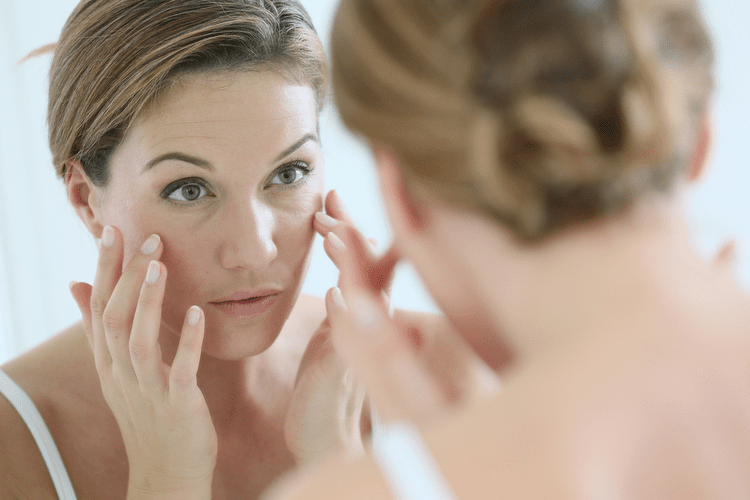Cheers to Clear Skin: Understanding Alcohol’s Role in Skin Troubles
Too much alcohol intake increases the likelihood of bruising but leaves your body incapable of healing and clotting blood. Be responsible in your levels of intake, one drink a day for women, two for men. Do not binge drink as this can hurt the liver and vessels in the blood and increase all the other risks of bruising. Due to these effects of alcohol, its thinning of blood, and its effect on coordination in sleep, the whole combination leads to bruising more frequently, especially in patients with fragile skin. Getting much-needed rest, avoiding alcohol intake close to bedtime, and getting enough sleep are sure ways to help your body recover faster, quickly heal bruises, and answer future occurrences. Often, bruising after drinking is a result of falling or bumping into something.
- Yes, certain individuals may have a genetic predisposition that makes them more susceptible to alcohol-related bruising.
- She has spent the past 5 years specializing in the treatment of opioid and alcohol use disorders.
- Blood clots turn from a liquid to a gel and help the body prevent losing too much blood.
Warning Signs of Alcoholism
- Some signs of a high-functioning alcoholic include high alcohol tolerance, self-isolation, memory lapses, and physical effects of alcohol.
- A functioning alcoholic (or functional alcoholic) is a term used to describe a person who maintains a normal life despite struggles with alcohol misuse or dependence.
- Life transitions like retirement, loss, or isolation can trigger increased drinking in older adults.
So, let us discuss how to prevent bruising from alcohol, such as drinking responsibly, keeping hydrated, eating before drinking, and a few more. While waking up with a few minor bruises after drinking may not be cause for concern, repeated or excessive bruising should be evaluated for an underlying disorder. Listen to your body and don’t assume all bruises related to alcohol are inevitable. Other alcohol-related liver diseases resulting from consistent liver inflammation, like alcoholic jaundice (aka alcoholic hepatitis), are also common with chronic drinking. This happens because it interferes with the production of platelets (and other blood cells) in the bone marrow.
Liquid Dream Drink Reviews – Does It Really Improve Sleep Quality?

Cirrhosis is when normal liver tissue is replaced by scar tissue, which causes the liver to lose its ability to function well. Alcohol can lead to problems such as fatty liver, hepatitis and cirrhosis. This can develop into alcohol hepatitis, which is the inflammation of the liver. Alcohol can have a damaging effect on many aspects of our lives, even if we only consume it in small amounts.

Early symptoms

The observed neutropenia may be related to impaired neutrophil development in the bone marrow. Your skin also thins and loses some of the fat that would otherwise protect your blood vessels alcohol rehab from impacts. Some herbs and supplements can cause you to bleed more easily, either when used alone or in combination with other medications. It’s possible that this can cause you to bruise more easily as a result of platelet function and other changes. With mastocytosis, too many mast cells (a type of white blood cell) grow in the body. The main types include systemic conditions that affect the body, and cutaneous conditions that affect only the skin.
I am alcoholism and bruising a licensed social worker.In my scope of practice I have worked in the areas of mental health and recovery for thirty years. The clients I have worked with in my career have ranged in age from seven to seventy. Growing up in Louisiana with addiction running rampant on both sides of my family. A life away from drugs and alcohol seemed impossible for someone like me.
Addiction Therapist: What They Do & How to Find the Right One
Motor control issues may begin when your blood alcohol level reaches 0.06, and they get really do alcoholics bruise easily bad at 0.1. Chronic ingestion of large quantities of alcohol alters many physiological and biological processes and compounds, including several blood-related (i.e., hematological) variables. This article summarizes current information on the consequences of excessive alcohol consumption on the bone marrow and on the production and function of RBC’s, WBC’s, platelets, and plasma proteins. In fact, an “alcoholic face” encompasses a range of physical changes — telltale signs of chronic alcohol consumption.

Responses